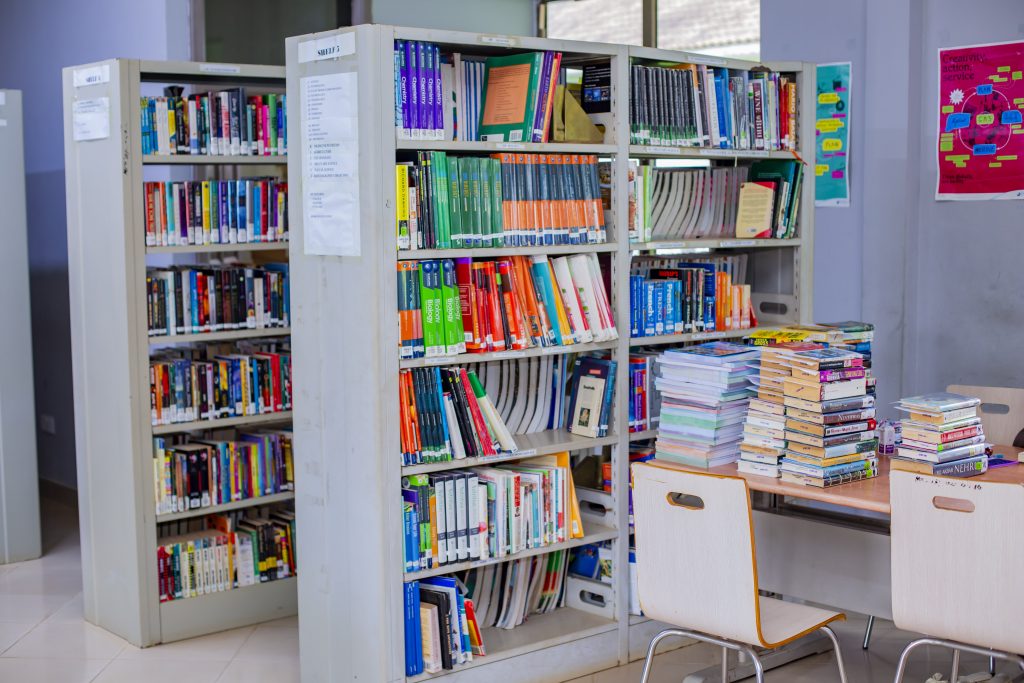Key Points at a Glance
Encouraging independence from early childhood builds confidence, curiosity, and self-motivation.
Strategies like play-based learning, inquiry, and self-paced tasks promote autonomy in young learners.
A supportive and structured environment is key to developing lifelong learning habits.
In today’s fast-paced and evolving world, success in education is no longer measured by rote memorization alone. Instead, the focus has shifted toward building independent learners—children who are curious, self-motivated, and capable of taking initiative in their own growth.
This kind of learning doesn’t start in high school or university—it begins in the early years.
At Morgan International Community School (MICS), the foundation of independence is laid from the very beginning. By integrating child-led approaches, reflective thinking, and hands-on experiences, MICS is nurturing a generation of thinkers, problem-solvers, and lifelong learners.
Let’s explore how independent learning is built and how MICS is leading the way.
Why Independent Learning Matters in Early Childhood
Developing independence in young learners goes beyond simply asking them to complete tasks on their own. It means teaching them to:
Make decisions
Reflect on their actions
Solve problems creatively
Ask questions and seek answers
When students learn to think for themselves early on, they are better equipped to navigate academic challenges, adapt to new situations, and build resilience for the future.
Research also shows that early autonomy leads to improved academic outcomes, stronger executive function, and higher motivation throughout life.
1. Building Curiosity Through Inquiry-Based Learning
One of the most effective ways to encourage independence is to let children explore and ask questions. Inquiry-based learning invites students to take ownership of their curiosity.
How it works:
Children are encouraged to ask “why,” “what if,” and “how” questions.
Activities are designed to be open-ended, allowing multiple pathways to discovery.
Teachers act as facilitators, guiding exploration rather than delivering answers.
2. Structured Freedom Through Self-Paced Activities
Children develop responsibility and confidence when given the opportunity to learn at their own pace. Self-paced learning respects each child’s rhythm and style.
Benefits of self-paced learning:
Reduces pressure and stress
Allows children to revisit difficult concepts without shame
Encourages deeper understanding
3. Integrating Play-Based and Real-Life Learning
Play is a powerful tool for building independence. Through play, children:
Make decisions
Solve problems
Negotiate roles and responsibilities
Practice time management
Real-life tasks—like tying shoelaces, organizing materials, or preparing simple snacks—also teach responsibility and self-management.
4. Empowering Learners Through Voice and Choice
Giving children a say in their learning helps them feel valued and engaged. It also leads to decision-making skills and ownership.
Methods used at MICS include:
Letting children choose activities, or seating arrangements.
Student-led class routines (e.g., line leaders, helpers of the day)
Reflections and journal drawings where children express what they learned or enjoyed
When children are trusted to make choices, they rise to the occasion.
5. Supportive Teachers as Learning Guides
Teachers play a critical role—not as directors, but as co-learners and guides. In an independent learning environment, educators:
Ask open-ended questions
Offer just enough support to nudge learners forward
Encourage resilience rather than rescuing from every mistake
The educators at MICS are trained to observe, listen, and scaffold learning, creating a safe space where students can try, fail, reflect, and try again.

6. A Prepared Environment That Invites Exploration
Independent learning thrives in environments that are:
Organized
Inviting
Resource-rich
Designed for child access and autonomy
From labeled shelves to child-sized furniture and hands-on materials, MICS classrooms are intentionally set up to encourage exploration and self-direction.
Final Thoughts
Independent learning is not a skill that emerges overnight. It is built brick by brick—through trust, space to explore, and encouragement to lead.
By nurturing autonomy in the early years, we equip students with the tools they need to become confident, capable individuals ready to thrive in any environment.
Morgan International Community School (MICS) understands this. From curiosity-led play to self-paced learning, MICS is laying a foundation of independence that will serve its learners for a lifetime.
If we want students to take ownership of their future, we must first give them ownership of their learning—starting now.
